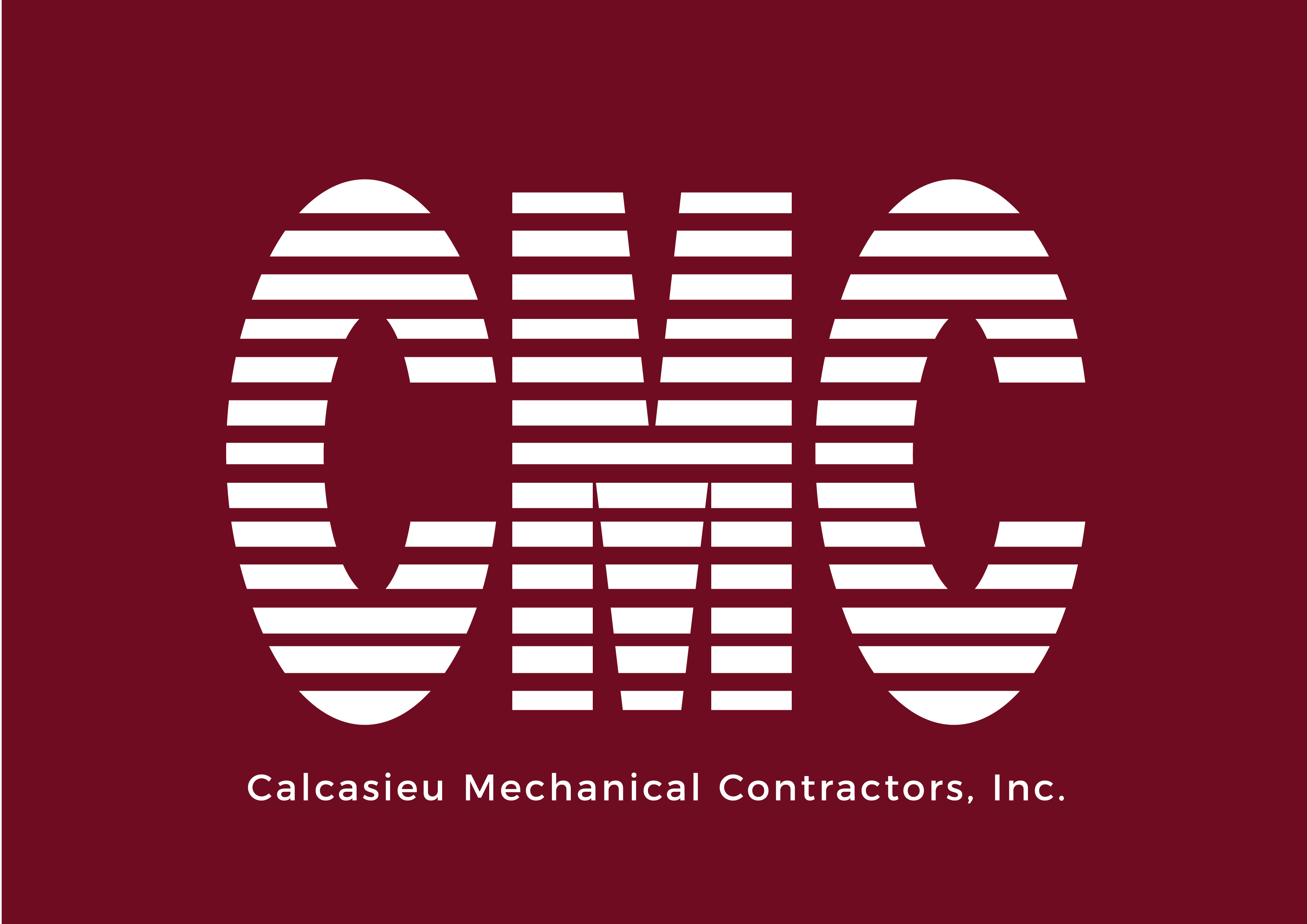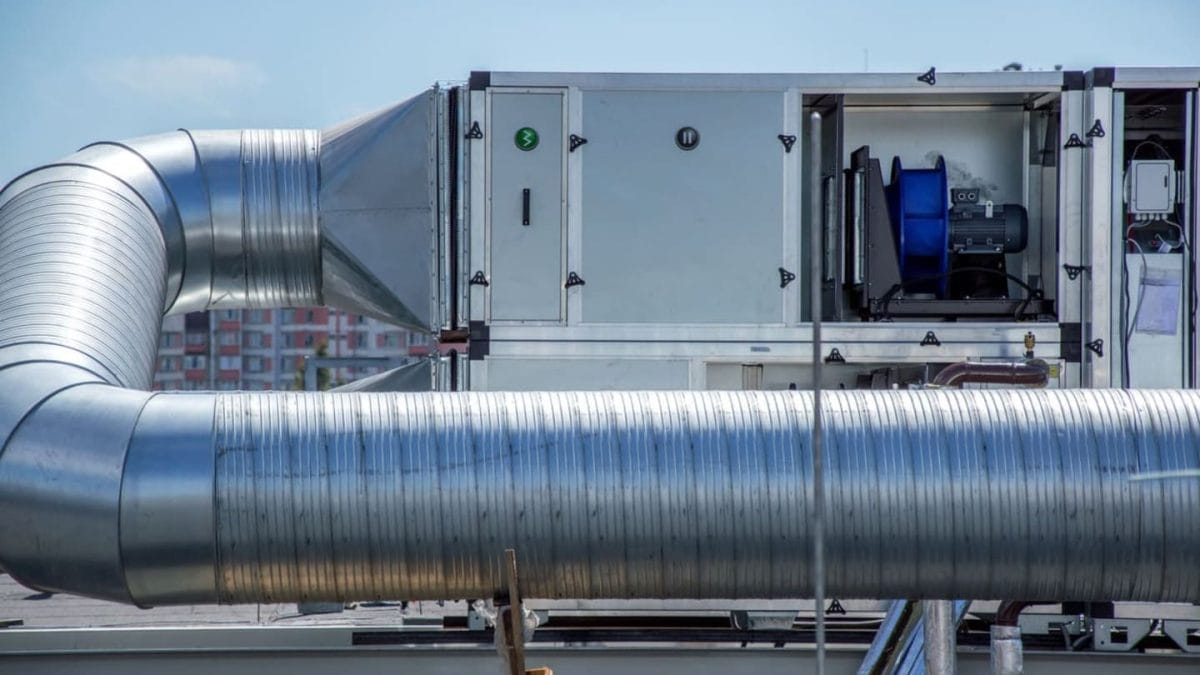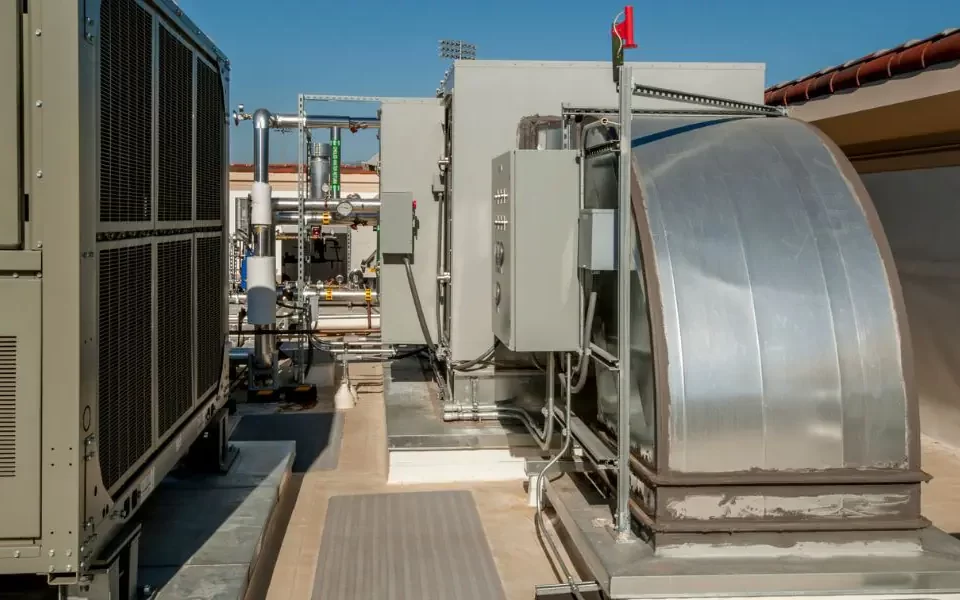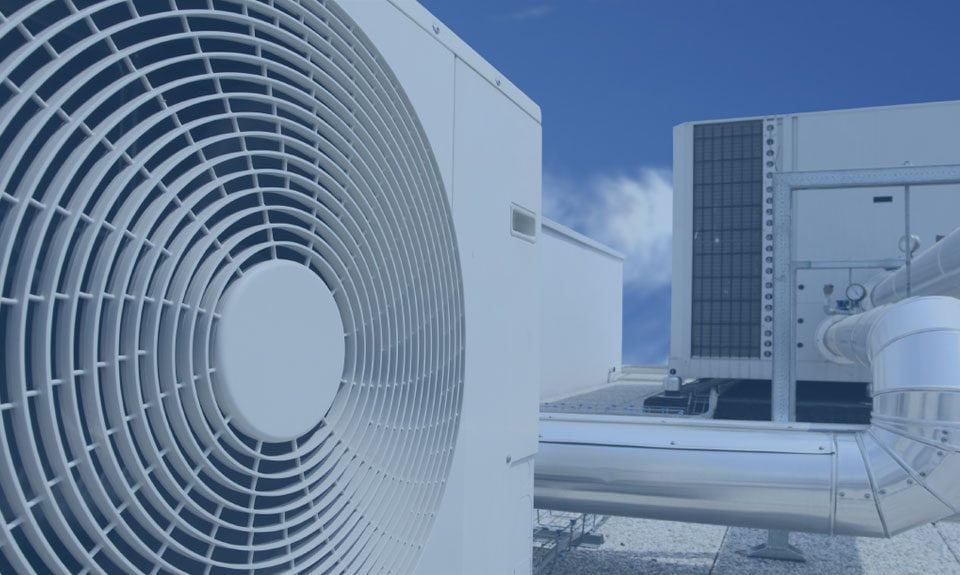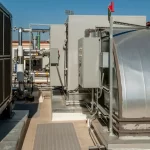
Understanding Common Noises in Your Commercial HVAC System: Key Issues Explained
July 9, 2025It’s easy to think skipping routine HVAC maintenance saves you money, but delaying upkeep can lead to significantly higher expenses down the line. When you neglect your commercial HVAC system, you risk increased energy bills, costly repairs, premature system replacement, and operational downtime that impacts both your business and employees. Additionally, poor maintenance harms indoor air quality and contributes to environmental damage due to inefficiency. By staying proactive and scheduling regular inspections and tune-ups, you protect your investment and ensure a comfortable, safe environment for everyone in your commercial space.
Key Takeaways:
- Delaying HVAC maintenance can increase energy consumption, resulting in significantly higher utility bills for commercial spaces.
- Neglecting regular inspections can result in costly repairs, unexpected system breakdowns, and premature equipment replacement.
- Operational downtime due to HVAC failures affects business productivity and revenue, while poor air quality resulting from inadequate maintenance can impact occupant health and increase associated costs.
The Compounding Effects of Neglected HVAC Maintenance
Short-Term Disruptions: What You Might Overlook
Minor issues, such as clogged filters or worn belts, may seem insignificant at first. Still, they can quickly lead to uneven temperatures, unusual noises, and reduced airflow in your commercial space. These short-term disruptions often go unnoticed or are dismissed until they escalate into frequent system stoppages or uncomfortable working conditions, directly impacting both employee productivity and customer satisfaction.
Long-Term Damage: The Ripple Effect on System Efficiency
When you postpone routine HVAC maintenance, minor problems accumulate, forcing your system to work harder than intended. Over months or years, this extra strain degrades core components such as compressors, coils, and motors. The resulting decline in efficiency can increase your energy consumption by up to 30%, thereby pushing operational costs higher and reducing your system’s effective lifespan.
Extended neglect leads to a vicious cycle: inefficiencies cause overheating and mechanical wear, which in turn demand more frequent repairs and increase the risk of unexpected system failures. In real-world scenarios, businesses have reported that skipping biannual tune-ups can lead to premature equipment replacement within a decade, rather than the typical 15-20 years. This not only means steep replacement costs but also disrupts daily operations due to emergency downtime, highlighting how overlooked maintenance slowly erodes both performance and reliability.
The Financial Burden of Maintenance Neglect
Higher Energy Bills: The Silent Drain on Profits
An HVAC system suffering from neglected maintenance struggles to operate efficiently, forcing it to work harder to keep your business comfortable. This inefficiency can boost your energy consumption by up to 30%, resulting in significantly higher utility bills. For commercial spaces, where HVAC systems run extensively, the extra energy expenses can quickly accumulate into thousands of dollars annually, quietly eroding your profit margins without an obvious culprit.
Escalating Repair Costs: The Snowball Effect of Ignoring Issues
Small mechanical issues left unchecked often escalate into major repairs, resulting in unexpected breakdowns that disrupt your business operations. Initial minor failures—such as worn belts or clogged filters—can evolve into complex system faults, forcing you into costly emergency repairs. Routine maintenance costs are significantly lower than the fees and downtime associated with unplanned repairs.
Neglecting regular inspections means minor problems remain hidden until they cause significant damage. For example, a leaky refrigerant line, if left unaddressed, can lead to compressor failure, which can result in thousands of dollars in parts and labor costs. Over time, frequent emergency calls accumulate, leading to exponentially increasing repair expenses and transforming what could have been a simple tune-up into a major financial setback.
Costs of Premature Replacement: When Procrastination Backfires
Failing to maintain your HVAC system accelerates wear and drastically shortens its expected lifespan. Instead of reaching 15 to 20 years of reliable service, your system may need replacement years earlier, forcing a sudden, substantial capital expenditure. This costly outcome often surprises owners who only intended to delay routine upkeep.
Regular maintenance preserves vital components, optimizes performance, and prevents early deterioration. Without these actions, corrosion, motor failures, and compressor damage become more frequent, ultimately leading to unavoidable system failure. Premature replacement burdens you with not only the costs of purchasing and installation, but also the hidden expenses associated with downtime and lost productivity during the transition period.
The Toll of Operational Downtime
Lost Productivity: The Hidden Hours of Inefficiency
Operational downtime caused by HVAC failures directly impacts your workforce’s productivity. Uncomfortable temperatures lead to distractions, reduced focus, and extended breaks. Studies show that indoor temperatures outside the ideal range of 68-72°F can reduce employee efficiency by up to 15%. Over days or weeks, these lost hours translate into substantial output declines and missed deadlines, ultimately hitting your bottom line when projects slow or stall.
Business Reputation: How HVAC Failures Affect Customer Trust
Customers expect a comfortable, welcoming environment. HVAC breakdowns that cause stuffy, overheated, or freezing spaces create immediate dissatisfaction and signal neglect. That negative impression spreads quickly—online reviews and word of mouth can significantly damage your brand’s reliability in a competitive market.
When customers walk into a business that feels uncomfortable or smells stale due to poor ventilation, their perception of your professionalism diminishes. For instance, retail stores with malfunctioning HVAC systems have reported up to a 20% drop in foot traffic during peak seasons. Additionally, service businesses risk losing client trust and repeat business if system failures disrupt appointments. Such setbacks may force you into costly emergency repairs and damage-control marketing campaigns, compounding financial losses beyond mere downtime.
Air Quality and Health: The Overlooked Costs
Employee Well-Being: The Invisible Relationship Between HVAC and Health
Stagnant air laden with dust, mold, and allergens results from delayed HVAC maintenance, creating an environment that directly impacts the health of your employees. Poor air quality causes headaches, fatigue, respiratory issues, and increased sick days, which quietly undermine productivity and morale. Ensuring clean, properly filtered air supports a healthier workforce, which in turn lowers absenteeism and boosts overall efficiency in your commercial space.
Compliance Risks: Regulatory Challenges from Poor Air Quality
Failure to maintain your HVAC system can lead to air quality levels that violate Occupational Safety and Health Administration (OSHA) standards and local building codes. This non-compliance exposes your business to potential fines, legal challenges, and costly remediation requirements, which can drive up operational expenses and risk damaging your company’s reputation.
Indoor air quality regulations, such as those enforced by OSHA, often include thresholds for airborne contaminants, including mold spores, volatile organic compounds (VOCs), and particulate matter. When HVAC systems are neglected, these pollutants accumulate, triggering complaints or inspections. For instance, a study by the Environmental Protection Agency (EPA) found that poor ventilation contributes to a 10-30% decrease in worker productivity due to symptoms of sick building syndrome. Non-compliance cases often result in mandatory system upgrades or immediate, expensive repairs. Failing to perform routine maintenance not only risks employee health but also exposes you to regulatory scrutiny that can disrupt your business operations and finances.
Environmental Costs: The Broader Implications
Carbon Footprint: The Environmental Impact of Inefficient Equipment
Delaying HVAC maintenance causes the system to work harder, resulting in significantly increased energy consumption. This spike translates to increased greenhouse gas emissions, with commercial HVAC units accounting for nearly 40% of a building’s total energy use. When your equipment runs inefficiently, it directly amplifies your carbon footprint, undermining efforts to reduce environmental impact and comply with increasingly strict sustainability standards.
Sustainability Considerations: How Maintenance Delays Contribute to Waste
Postponing maintenance accelerates wear and tear, leading to premature system failures and early replacements. Each replacement generates electronic waste and demands additional resources—materials, manufacturing energy, and transportation emissions—adding unnecessary strain on the environment. This cycle of waste poses a challenge to businesses seeking to maintain sustainable operations and minimize their ecological footprint.
Beyond immediate energy inefficiencies, skipping regular HVAC upkeep often results in components breaking down sooner than expected. A study by the U.S. Department of Energy suggests that properly maintained HVAC systems can extend lifespan by up to 30%. Ignoring maintenance shortens this lifespan, forcing you into costly system replacements that contribute significantly to landfill waste. Additionally, the disposal of refrigerants and other hazardous materials during replacements can lead to environmental contamination if not handled correctly. By investing in consistent maintenance, you reduce the need for premature disposal and the associated environmental hazards, supporting your business’s sustainability goals and reducing overall waste production.
Proactive Strategies for HVAC Maintenance
Implementing a Maintenance Schedule: Planning for Longevity
Establishing a clear, biannual maintenance schedule helps extend the life of your commercial HVAC system. Regular inspections identify issues such as clogged filters or worn belts before they escalate, thereby improving system efficiency. For example, facilities that adhere to planned tune-ups often see their equipment last beyond 20 years with fewer breakdowns. This structured approach minimizes emergency repairs and keeps energy consumption in check, positively impacting your operating costs.
Training Staff: Empowering Employees to Recognize Early Issues
Training your team to recognize signs of HVAC trouble can prevent minor issues from escalating into costly repairs. Simple indicators such as unusual noises, inconsistent temperatures, or strange odors serve as early warnings. Employees familiar with these cues can report them promptly, allowing maintenance professionals to intervene quickly and avoid costly downtime or replacements.
Beyond a basic understanding, investing in formal training equips your staff with the knowledge to perform routine checks, such as monitoring airflow and cleaning vents safely. Case studies reveal that commercial properties with trained on-site personnel experience up to a 30% reduction in repair incidents annually. You gain the advantage of immediate issue detection, eliminating the need to wait for scheduled technician visits, which leads to fewer operational disruptions and improved air quality.
The Cost-Benefit Landscape of Regular HVAC Maintenance
Immediate Benefits: What You Gain Right Away
Scheduling regular HVAC maintenance delivers instant improvements in system performance and energy efficiency. You’ll notice more consistent temperatures throughout your commercial space, along with lower energy consumption, which directly translates into reduced utility bills. Routine inspections catch minor issues before they escalate, preventing unexpected breakdowns that disrupt your operations. Additionally, regular tune-ups help maintain higher air quality by reducing dust and allergens, thereby fostering a healthier environment for employees and visitors immediately after service.
Long-Term Savings: The Future Financial Outlook
Investing in regular HVAC maintenance primes your system to last significantly longer than the average 15- to 20-year lifespan. Avoiding premature equipment failure not only saves on costly replacements but also mitigates frequent repair expenses that accumulate with deferred upkeep. Predictable maintenance costs protect you from sudden financial hits caused by emergency fixes and operational downtime, thereby preserving your bottom line over time.
This long-term perspective reveals how maintenance creates a favorable financial trajectory for your business. Systems maintained biannually retain optimal efficiency, cutting energy waste that would otherwise spike expenses. Well-maintained HVAC units operate smoothly, decreasing wear and tear on components and extending overall service life. Avoiding downtime also protects revenue streams, since comfortable workplace conditions enhance employee productivity and maintain customer satisfaction. Factoring in environmental compliance, regular maintenance supports sustainability goals by limiting excess greenhouse gas emissions. Altogether, these savings far outweigh the routine investment, making preventive care a strategic financial decision.
Final Thoughts
The financial impact of neglecting HVAC maintenance extends far beyond the immediate expenses of skipped tune-ups. Delayed upkeep often results in energy bills soaring by 20% or more, as inefficient systems work harder to meet temperature demands. Over time, small issues like clogged filters or worn belts can escalate into major malfunctions, triggering emergency repair costs that are five to ten times higher than regular maintenance fees.
Running an HVAC system without routine inspections usually shortens its lifespan significantly. While a well-maintained commercial system can last 15 to 20 years, neglect can force a premature replacement in less than a decade. This not only involves the high cost of new equipment—often tens of thousands of dollars for large commercial units—but also the added disruption and downtime during installation.
Operational interruptions caused by unexpected HVAC breakdowns affect more than just comfort. Reduced employee productivity due to temperature fluctuations, combined with dissatisfied customers in uncomfortable environments, can result in substantial revenue loss. Some businesses have seen daily revenue drops of up to 30% during extended HVAC outages.
Indoor air quality suffers too. Dust, mold, and allergens accumulate rapidly in neglected systems, potentially leading to increased sick days and healthcare claims among staff. Companies have faced indirect costs that far exceed maintenance fees when dealing with the fallout from unhealthy work environments.
Environmental impacts add another layer of concern. An unmaintained HVAC system’s excess energy consumption directly corresponds with increased greenhouse gas emissions. This runs counter to many organizations’ sustainability goals and may impact compliance with evolving environmental regulations.
You can avoid these compounding losses by adhering to a regular maintenance schedule. Establishing biannual inspections and employing trusted professionals to handle your HVAC needs ensures the system operates efficiently and reliably. This proactive approach helps keep operating costs in check, preserves the lifespan of your equipment, supports employee well-being, and aligns with environmental responsibility.
FAQ
Q: What are the common financial impacts of delaying commercial HVAC maintenance?
A: Delaying commercial HVAC maintenance can lead to a range of financial impacts, including higher energy bills due to inefficiency, increased repair costs from unresolved minor issues, premature system replacement expenses, and losses from operational downtime. These costs often exceed the regular maintenance expenses significantly and can affect a business’s overall budget and profitability.
Q: How does delayed HVAC maintenance affect indoor air quality in commercial spaces?
A: When HVAC maintenance is postponed, dust, dirt, allergens, mold, and mildew can accumulate within the system. This degradation lowers indoor air quality, creating an unhealthy environment for both employees and customers. Poor air quality may lead to health issues, which can increase absenteeism and potentially lead to additional healthcare-related expenses for the business.
Q: What steps can businesses take to avoid the hidden costs associated with delayed HVAC maintenance?
A: To avoid hidden costs, businesses should implement a regular maintenance schedule that includes biannual inspections and tune-ups. Engaging experienced commercial HVAC professionals to perform these tasks ensures the system runs efficiently, preventing unexpected breakdowns and costly emergency repairs. Keeping up with routine maintenance also helps extend the lifespan of the HVAC system and improves energy efficiency.

Hailing from the picturesque town of Lake Charles, Louisiana, Jim Blanchard stands as an exemplar in commercial HVAC installation and services. As President of Calcasieu Mechanical, he has leveraged his deep industry knowledge and innovative strategies to establish the company as a leading regional service provider. Under Jim’s leadership, Calcasieu Mechanical has expanded its portfolio of high-quality services and earned the trust and respect of businesses throughout Louisiana. The company’s commitment to excellence, reflected in its endeavors, stems from Jim’s dedication to ensuring every project meets and exceeds client expectations.
